Is this not an especially lovely loaf?
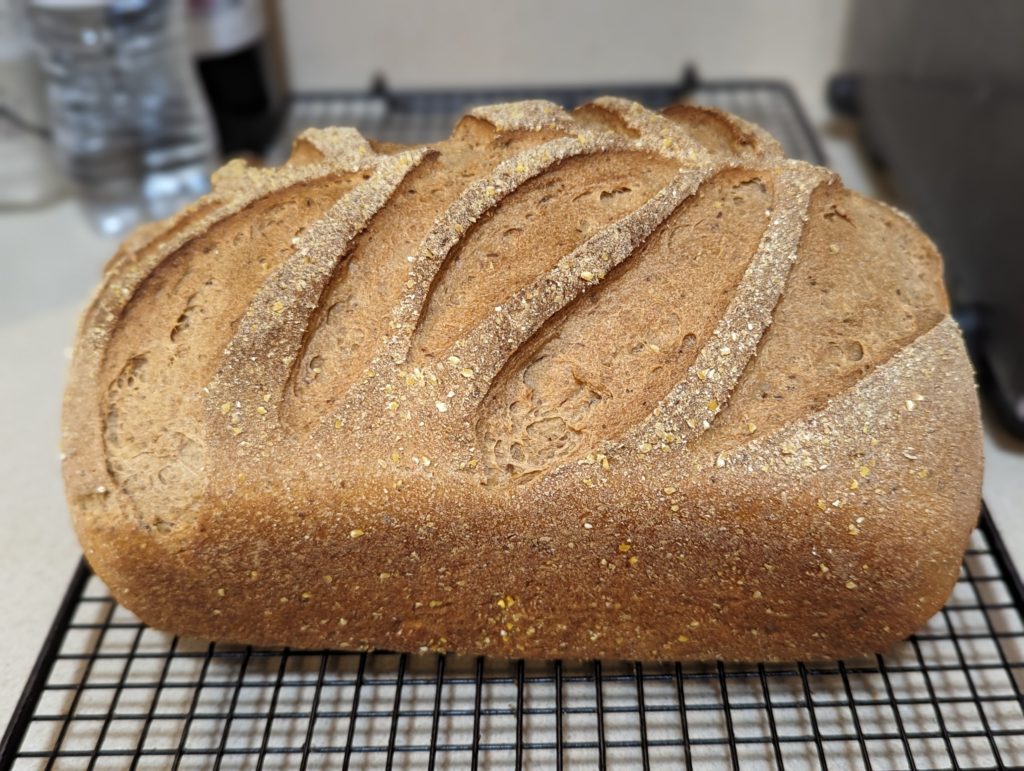

Is this not an especially lovely loaf?

The brats are “Sheboygan” brats, which according to the woman at Olde Time Meats are the same as regular brats except they have more black pepper. The skewers vary slightly: Mine has an extra purple onion; Jackie’s has an extra yellow pepper.
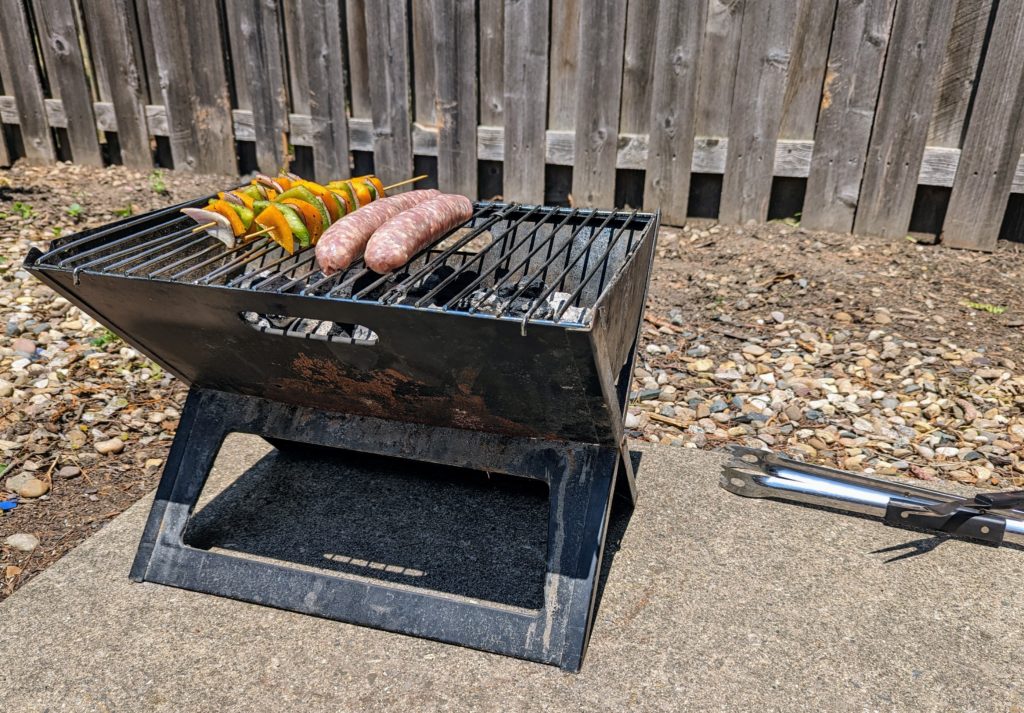
For our main meal of the day, I cooked Kerala Roadside Chicken with shallots and red chilies. And red cabbage (cooked by @jackieLbrewer and not a traditional Kerala dish, she admits).
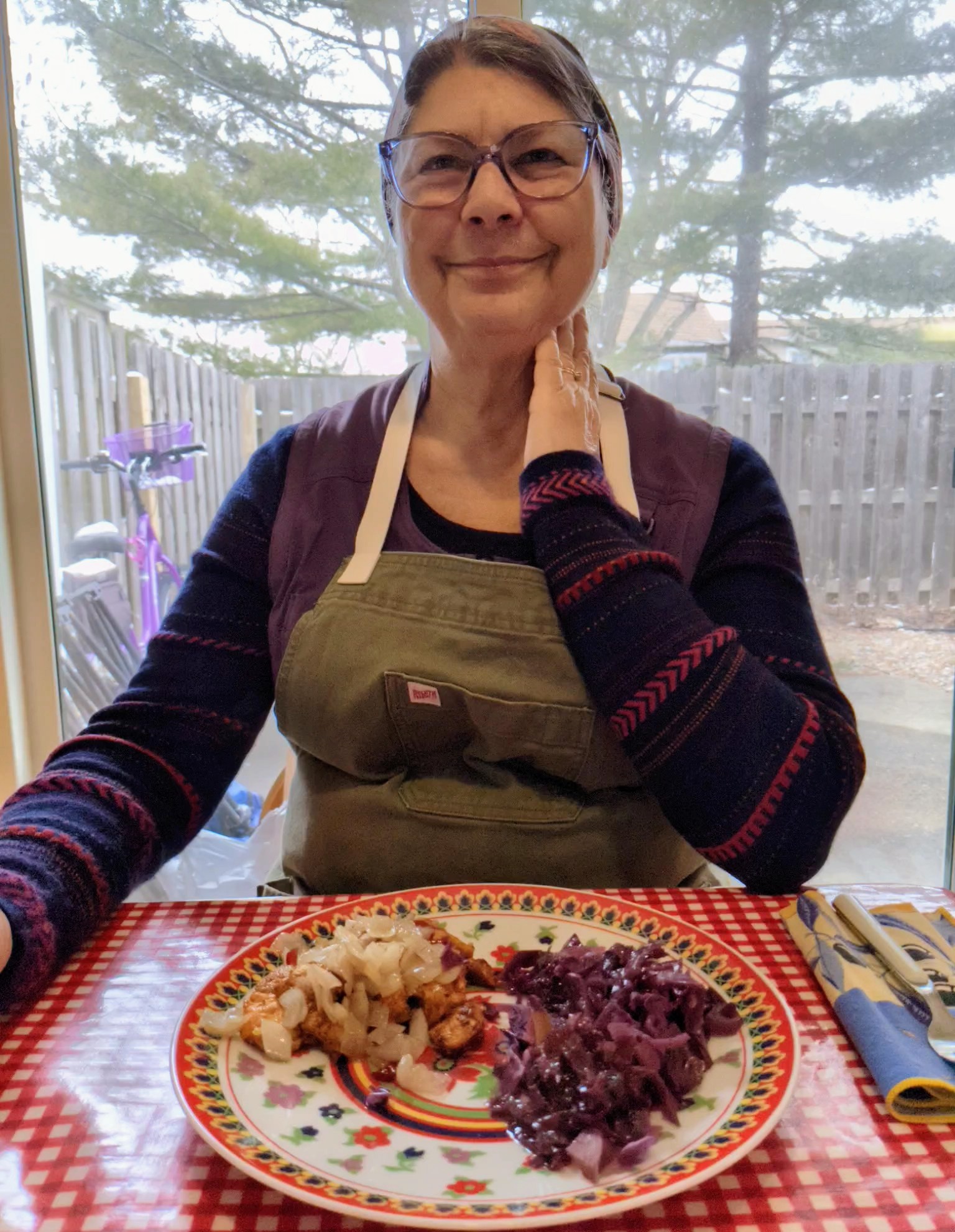
While we wait for my Kerala Roadside Chicken to finish marinating, @jackieLbrewer and I have proceeded to the beer drinking phase of cooking. She has a Tasmanian IPA, while I’m having a Fear Movie Lions.
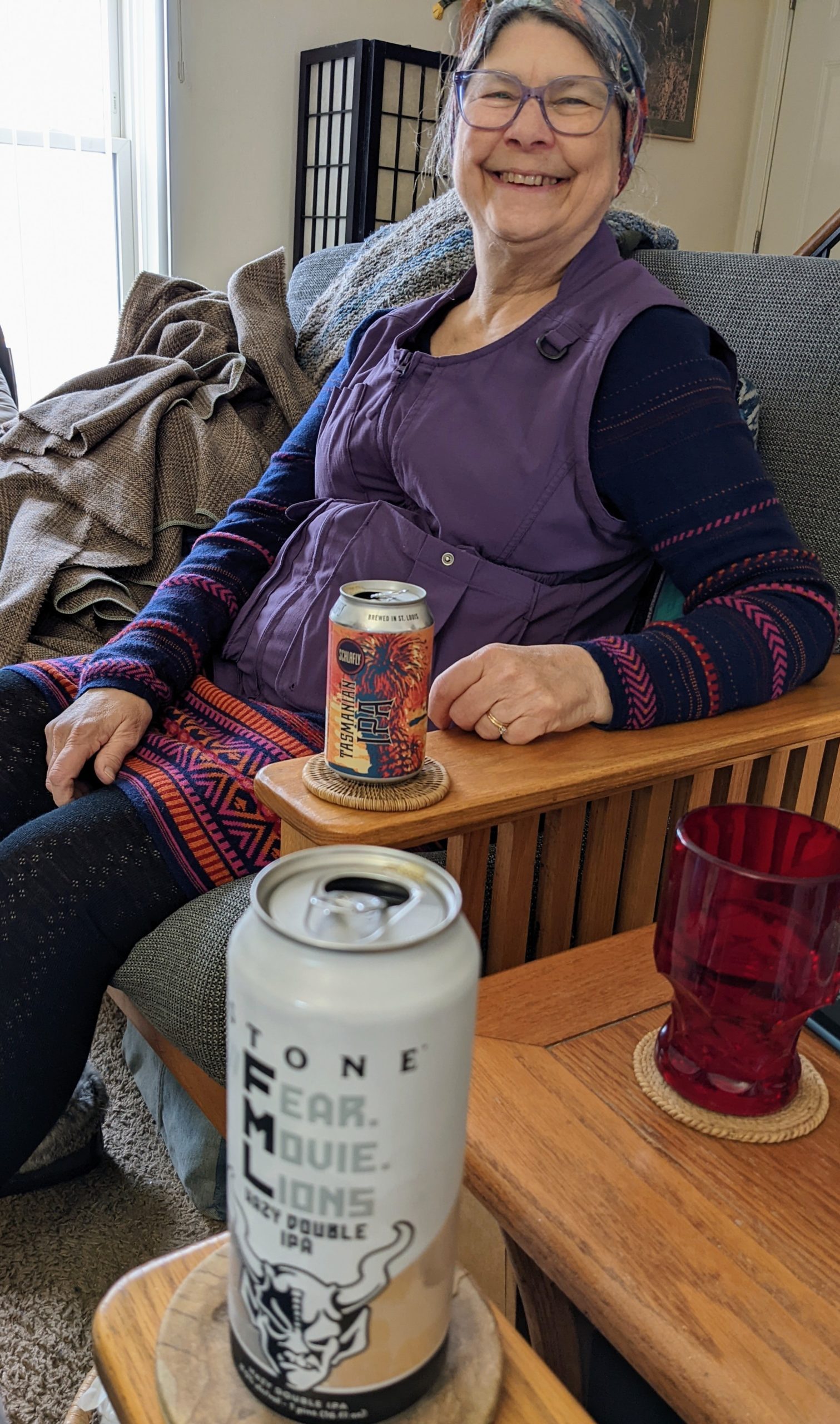
Soon to be flourless chocolate cake.
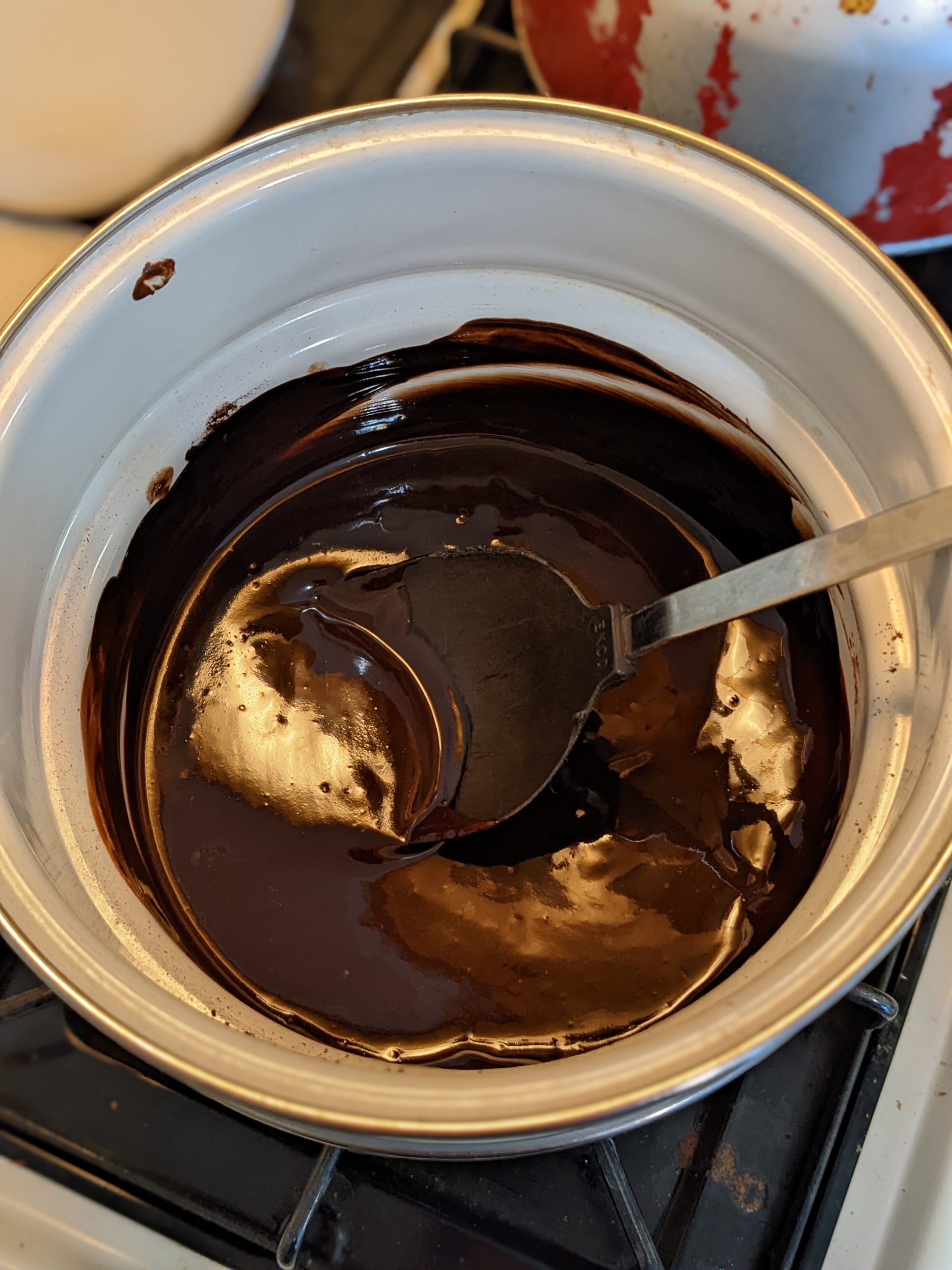
What with laundry, grocery shopping, fixing lunch (bone-in ribeye steaks), and then eating lunch, I had not gotten to my writing for the day. But now I am fueling up with a (probably unwise) energy drink and #amwriting.
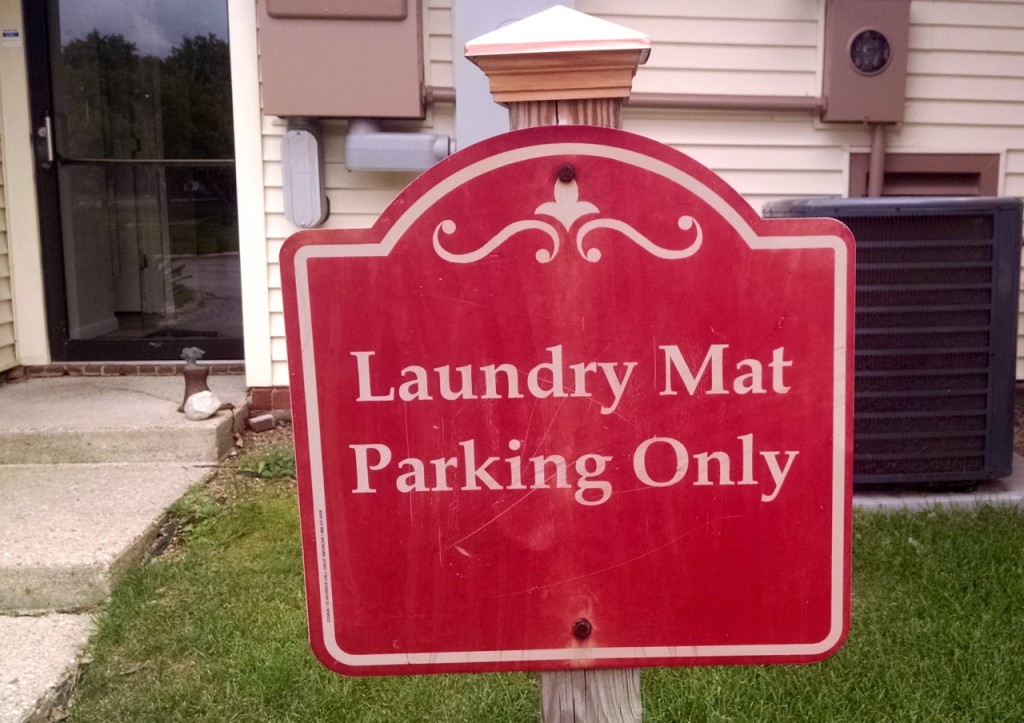
I cook a pretty good bacon cheeseburger, and Jackie bakes a truly wonderful apple pie.
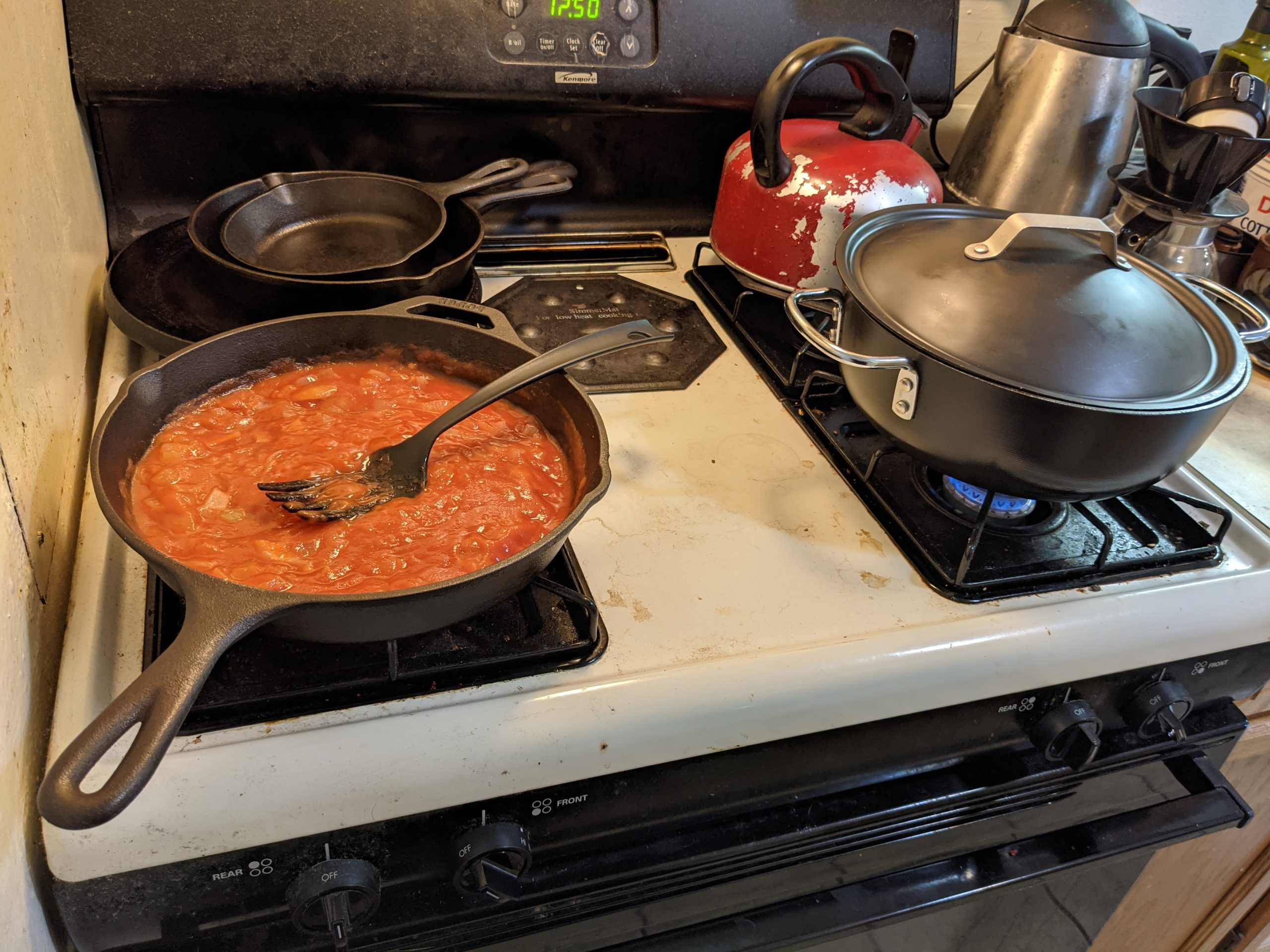
Cooking my traditional Saturday-after-Thanksgiving Mock Terrapin Soup. (Based loosely on the mock turtle soup recipe from the 1964 edition of the Joy of Cooking.)